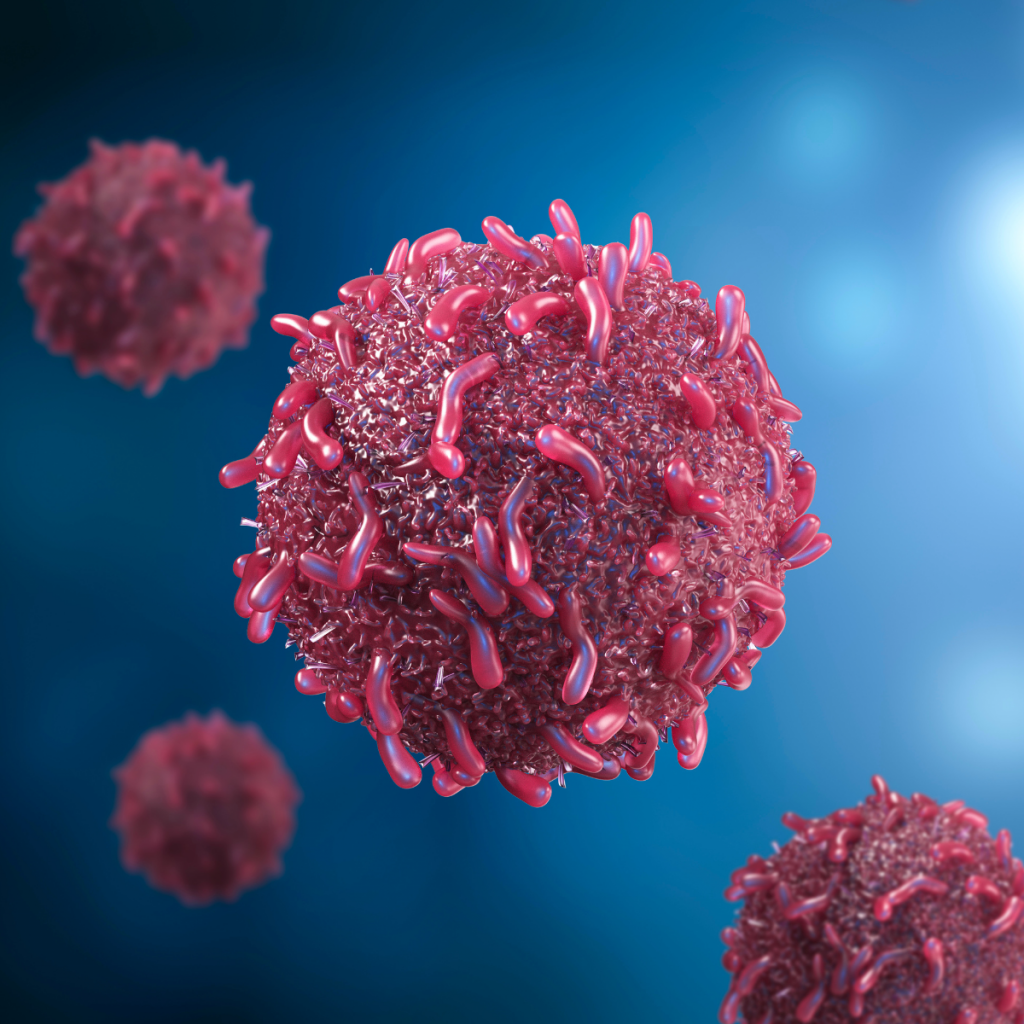Cancer is one of the most challenging diseases of our time, affecting millions globally. While advancements in research have greatly improved outcomes for many patients, choosing the right treatment remains critical. Modern cancer therapies are designed to target the disease with precision, but each method comes with its own set of benefits and drawbacks. Understanding these approaches can empower individuals to make informed decisions about their healthcare journey. In this article, we’ll explore five advanced cancer treatments, outlining their mechanisms, advantages, and potential downsides to help patients and caregivers gain a comprehensive understanding.
1. Surgery
Surgery is one of the oldest and most effective ways to treat cancer, especially if it is detected in the early stages. It involves the physical removal of cancerous tissue from the body. Depending on the type and location of the tumor, surgery may be the primary treatment or combined with other methods such as chemotherapy or radiation.

Pros:
- Directly removes the tumor and, in some cases, surrounding tissues to prevent recurrence.
- Can lead to a complete cure if the cancer is localized and caught early.
- Provides accurate tissue samples for diagnosis and staging, which can inform further treatment decisions.
Cons:
- Not suitable for advanced cancers that have spread to other parts of the body.
- Potential risks include infection, blood loss, and complications from anesthesia.
- Recovery can be lengthy and may affect the patient’s quality of life.
2. Radiation Therapy
Radiation therapy uses high-energy waves or particles to destroy cancer cells. It can be applied externally through machines or internally with implants, known as brachytherapy. Radiation is often used in conjunction with other treatments, such as surgery or chemotherapy, to enhance effectiveness.
Pros:
- Highly targeted, minimizing damage to surrounding healthy tissues.
- Effective in shrinking tumors and relieving symptoms in advanced stages.
- Can be used for a wide range of cancers, including those inoperable due to location or size.
Cons:
- Side effects such as fatigue, skin irritation, or changes in appetite are common.
- Long-term risks include damage to healthy tissues, potentially leading to complications such as secondary cancers.
- Requires multiple sessions over weeks, which can be time-consuming for patients.
3. Chemotherapy
Chemotherapy is a systemic treatment that uses powerful drugs to kill rapidly dividing cancer cells. These medications are administered orally, intravenously, or directly into specific areas, depending on the cancer type.
Pros:
- Effective against cancers that have spread to multiple parts of the body.
- Can shrink tumors before surgery or radiation, making them more manageable.
- Often used in combination with other treatments to increase success rates.
Cons:
- Side effects can be severe, including nausea, hair loss, weakened immunity, and fatigue.
- Targets healthy rapidly dividing cells, such as those in the bone marrow, digestive tract, and hair follicles, causing unintended damage.
- May require several cycles, with significant recovery time between treatments.
4. Immunotherapy
Immunotherapy is a groundbreaking approach that harnesses the body’s immune system to fight cancer. By stimulating or modifying immune responses, this method helps the body recognize and destroy cancer cells. Common types include checkpoint inhibitors, CAR T-cell therapy, and vaccines.

Pros:
- Targets cancer cells with high specificity, sparing healthy cells.
- Long-lasting effects, as the immune system retains the ability to recognize and attack cancer even after treatment.
- Particularly effective for certain types of cancer, such as melanoma and lung cancer.
Cons:
- Not all cancers respond to immunotherapy, and its effectiveness can vary greatly between patients.
- Side effects such as inflammation, flu-like symptoms, or autoimmune reactions are possible.
- High costs and limited availability in some regions can make it inaccessible for many.
5. Targeted Therapy
Targeted therapy uses drugs designed to block specific molecules involved in cancer growth and progression. These therapies are often personalized, based on genetic testing to identify mutations driving the cancer.
Pros:
- Precision-focused, minimizing harm to normal cells.
- Fewer side effects compared to traditional treatments like chemotherapy.
- Offers new options for cancers resistant to other forms of treatment.
Cons:
- Effectiveness may be short-lived as cancer cells can develop resistance to the drugs.
- Requires genetic testing, which can be costly and time-consuming.
- Not suitable for all cancer types, as some lack identifiable targets for therapy.
Comparing the Methods
Each cancer treatment offers unique benefits, but their suitability depends on factors such as the type, stage, and location of cancer, as well as the patient’s overall health and personal preferences.

- For localized cancers, surgery combined with radiation therapy may be the best option to remove and contain the disease.
- For metastatic cancers, chemotherapy and targeted therapy often provide systemic treatment to control or slow down the spread.
- Immunotherapy, while revolutionary, is still being refined and may work best for specific cancers or in clinical trial settings.
Innovations in Cancer Treatment
As technology advances, newer methods are emerging, such as precision medicine and gene editing. Precision medicine tailors treatments based on a person’s unique genetic profile, while gene-editing tools like CRISPR offer the potential to correct mutations directly. These approaches hold promise for making cancer treatments even more effective and personalized in the future.
Conclusion
Cancer treatment has come a long way, with modern therapies offering hope to millions. Understanding the pros and cons of each method enables patients to make informed decisions about their care. While some treatments focus on directly removing or killing cancer cells, others empower the body’s immune system or target specific genetic drivers of the disease. Consulting with healthcare professionals, staying informed about the latest advancements, and considering one’s personal circumstances are essential steps in navigating the complex landscape of cancer treatment.
Whether through surgery, radiation, chemotherapy, immunotherapy, or targeted therapy, today’s methods bring us closer to better outcomes and improved quality of life for those facing cancer.

Leave a Reply